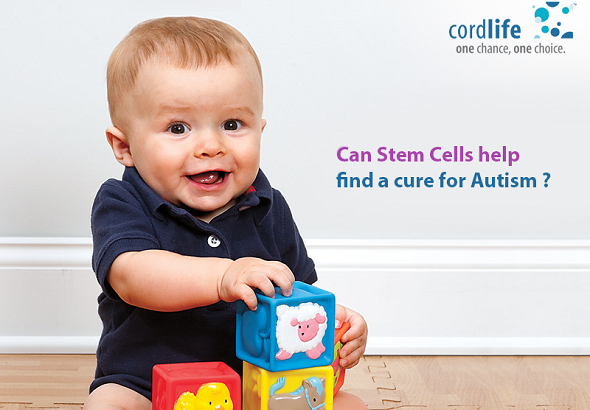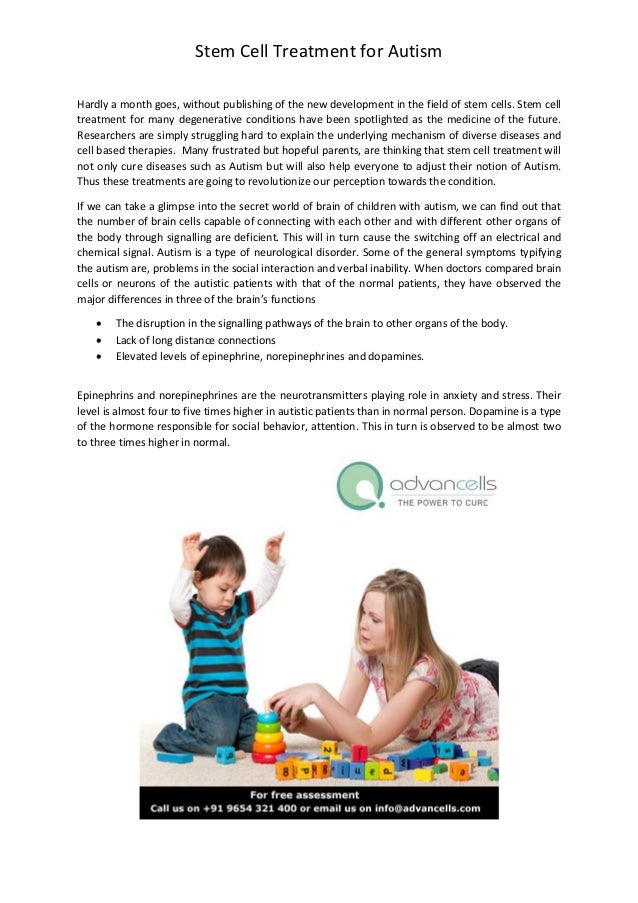
These therapies aren’t supported by scientific evidence and they are expensive – around £10,000. Although these cells are unable to generate any cell types apart from fat, bone cells or cartilage, many of the stem cell clinics offer treatments for a range of conditions, including dementia, cerebral palsy and autism. With an autologous approach, most stem cell clinics use cells isolated from the patient’s bone marrow or fat tissue.

Read more: Not all autistic people are good at maths and science – despite the stereotypes In contrast, all other stem cell therapies must undergo thorough assessments for quality, safety and efficacy. Most of these businesses are using a loophole in the law which allows the use of stem cells isolated from the patient’s own body (so-called autologous transplantation) for debilitating conditions that cannot be treated with existing drugs. Initially limited to developing countries, the number of under-regulated stem cell clinics is growing in developed countries, including the US, Germany, Switzerland and the UK. The promise of stem cell therapies to tackle disorders with limited conventional treatment options has led to the development of a considerable industry offering stem cell therapies. Story continues Under-regulated stem cell clinics For example, stem cells originating from the bone marrow can only give rise to closely related cell types, such as fat, cartilage and bone cells, while stem cells in the brain can only differentiate into brain cells. In the early developing embryo, stem cells can develop into any cell type, but stem cells in adults have a much more limited capability.Īdult stem cells can only develop into cell types of the organ they originate from. Stem cells are special cells that can develop into many types of cell, such as liver cells, blood cells or nerve cells.

According to a recent BBC Radio 4 report, stem cell clinics in the UK are now offering one.īefore we look at the viability of such a “treatment”, it is worth knowing a bit about stem cells. So it’s hardly surprising that some parents of autistic children are keen to find a treatment for the condition.

But most low-functioning autistic people are not able to live independently in adulthood, putting them and their families under considerable social and financial pressure. The outlook for autistic people today is brighter than it was 50 years ago with many people now living in the community, rather than in institutions.


 0 kommentar(er)
0 kommentar(er)
